You can sow vegetable seeds every month of the year. There may be more options at certain times, but not a month goes by that vegetables cannot be planted. If you want to make a more personalized plot, there are birth month vegetable seeds to sow and grow suited to the month you were born.
Planting birth month vegetable seeds can be a fun way to introduce someone to growing vegetables. They make a unique present to enjoy planting and caring for, but also are a tasty treat as those homegrown crops will taste much better than store-bought.
Best picks for you

(Image credit: Future)
Discover your birth month vegetable seeds
For flowers, you can sow birth month flower seeds. However, if you want an edible garden featuring crops individualized to your birthday, add these birth month vegetable seeds, along with birth month fruit trees and birth month herbs, to your vegetable garden.

January
Onions are one of the best vegetables to plant in January. The first month of the year is an ideal time to start growing onions from seed, and the reward is that onions grown from seed tend to be larger than those started by planting onion sets. There are also more types of onions you can grow from seed, compared to the usual sets in garden centers or online, with different colors and flavors to choose from.
Start onion seeds indoors in January in trays of modules filled with seed compost. They want temperatures of 50-60°F in a greenhouse or on a warm windowsill. Plant the seedlings outdoors after the frosts once they reach at least four inches.
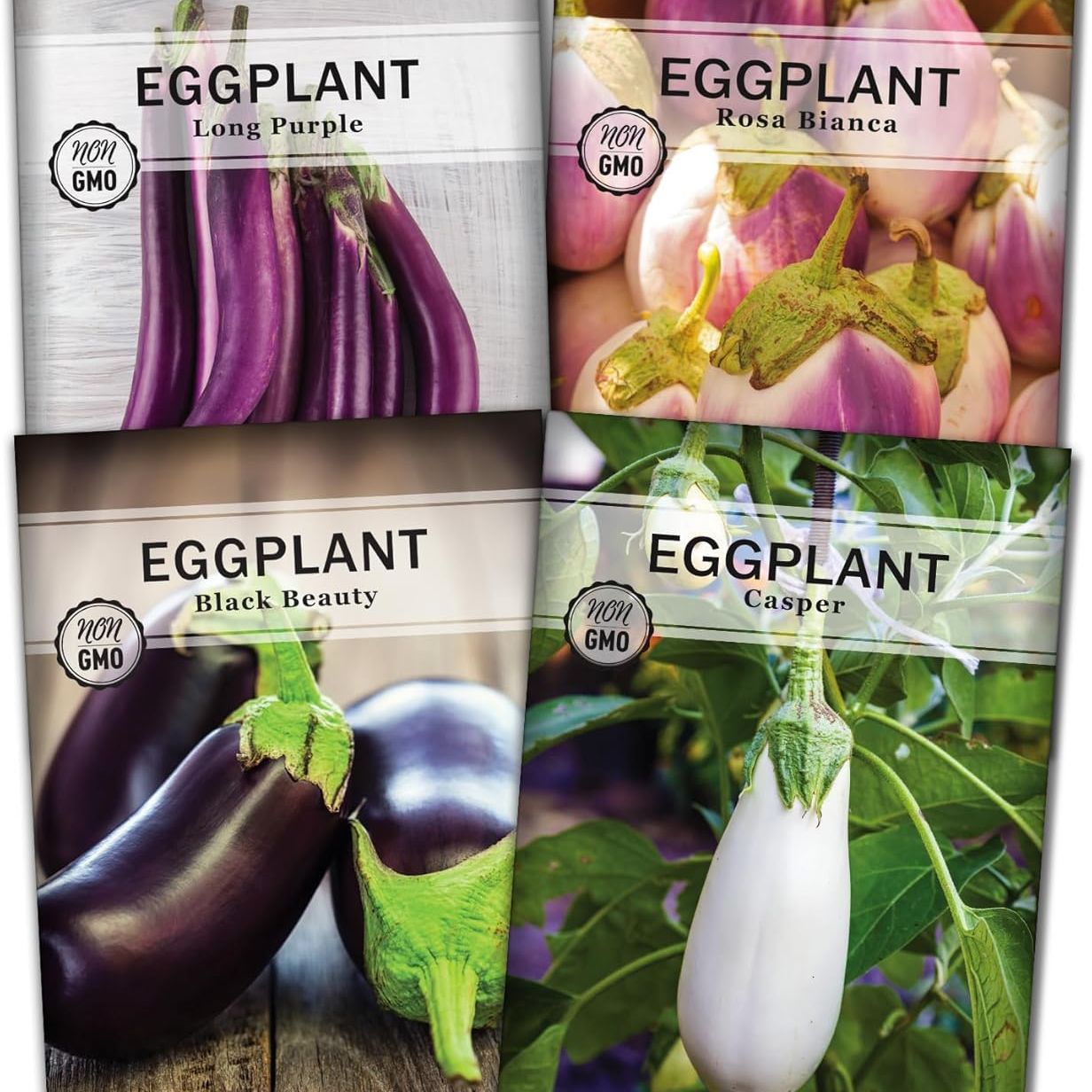
February
Eggplants have a long growing season, so there are reasons to sow early and plant the vegetable in February. As it can take six months from sowing to picking the first eggplant, sowing this month has its benefits. If you want to grow eggplant, there are different colors and shapes to choose from.
Most people imagine the classic round, purple fruits, but you can experiment with growing more unusual fruits, including white or elongated eggplant. Sow the seeds in large modules or individual pots, and start them off at temperatures of 60-70°F to get good germination. A heat mat, like this seedling heat mat at Walmart, or a heated propagator can be a useful tool to start growing heat-loving plants earlier in the season.
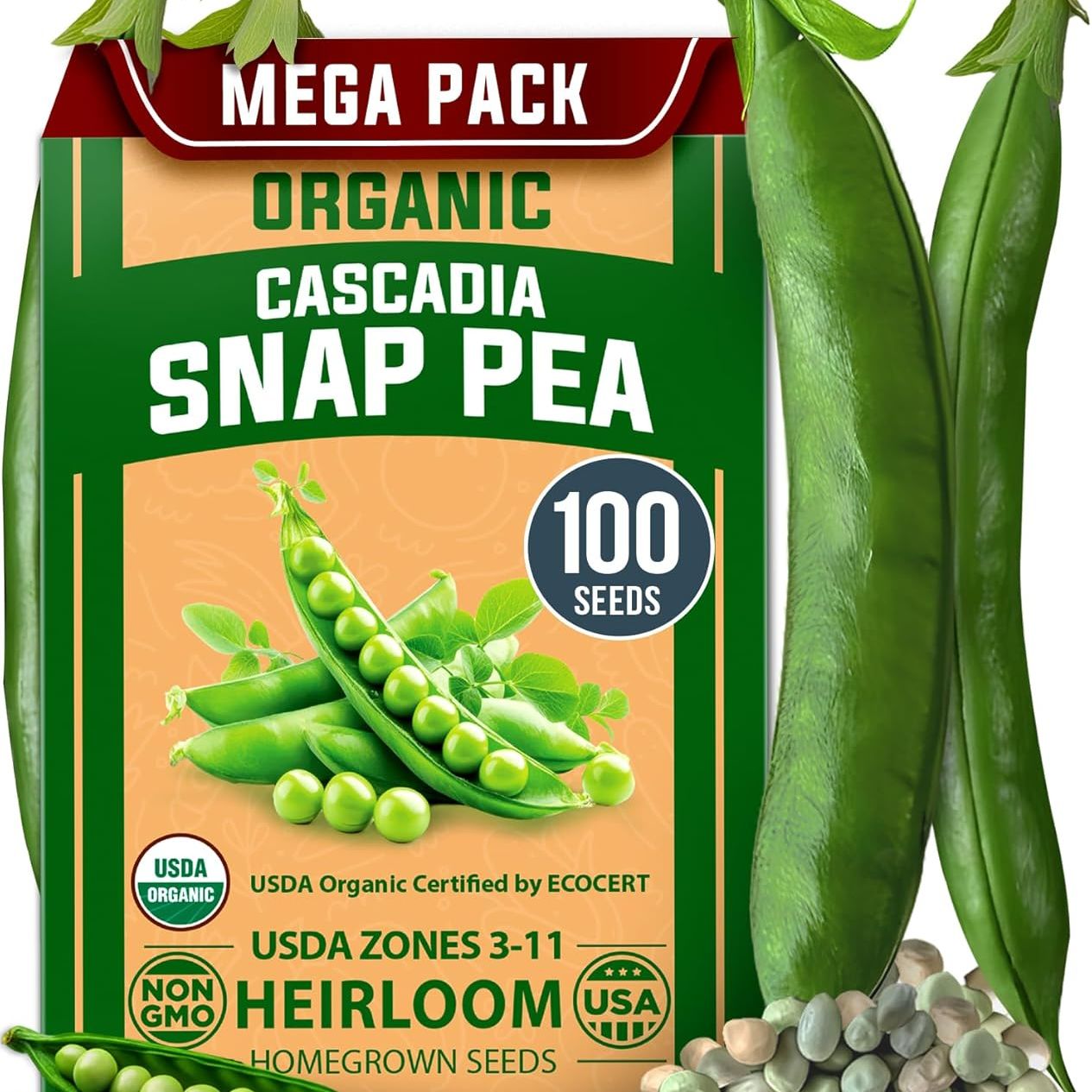
March
Once the soil temperature reaches 50°F, you can start growing peas outdoors. You can use cloches or frost cloth to warm the soil earlier, or, if you have longer winters, peas can be sown indoors in deep pots or root trainers to be put outside after the frosts. One nifty tactic is to sow peas into lengths of guttering indoors, which can be easily transferred into kitchen garden beds once the soil warms.
There is a fabulous selection of peas to grow, including sugar snap peas, mangetout, or shelling peas. Peas are great for regular successional plantings from early spring through till summer, for a long season of harvests. Make peas a vegetable to plant in March; they are super-simple, germinate quickly, and give you great pickings.

April
This month is a perfect time to plant potatoes; you can get first early, second early, and maincrop types of potatoes in the ground in April. Get early varieties in towards the first half of April, with maincrop varieties later in the month. As long as the soil is at least 50°F, you can start growing potatoes.
Before planting the vegetables in April, it is advisable to start chitting potatoes 4-6 weeks earlier on a bright windowsill. Space your early potatoes at least 12 inches apart in rows 24 inches apart, while maincrop potatoes are 15 inches apart in rows spaced 30 inches apart. If you don’t have lots of space, you can grow potatoes in a container, grow bag, or bucket, allowing you to enjoy homegrown vegetables on a deck, patio, or balcony.
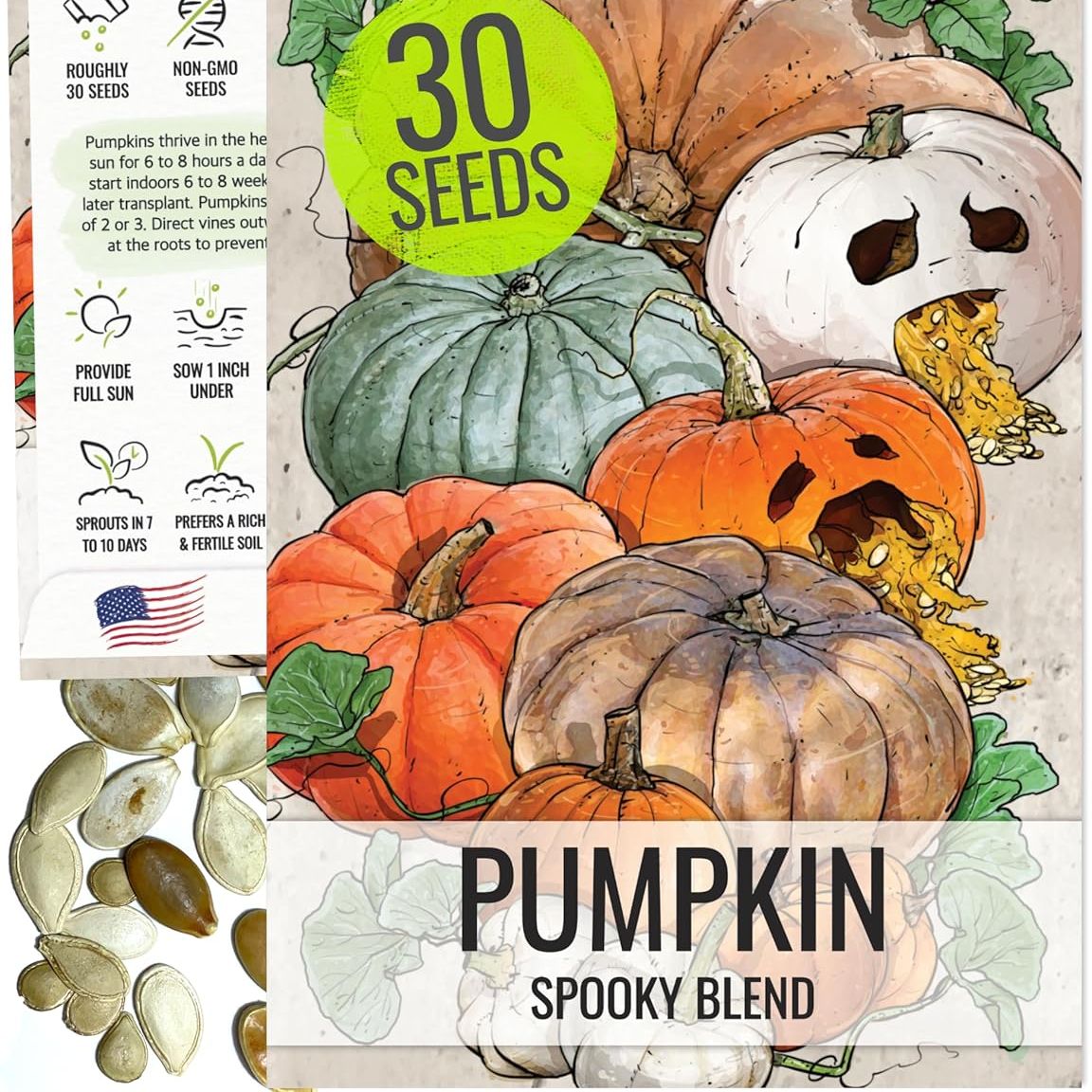
May
If you want to grow pumpkins in time for Halloween, May is a good time to start sowing seeds. There is a huge choice of pumpkins to choose from, with different shapes and colors, however, the classic Halloween pumpkins and giant pumpkins are always popular with gardeners around the world. They do look spectacular, both as they grow and spread across vegetable beds and once put on display, plus, they can be used for a wide range of fall recipes.
If you want to plant the vegetable in May, plant pumpkin seeds into individual pots and germinate them in a greenhouse or on a bright windowsill. They are sprawling plants that need space to spread their vines, so plant them at least six feet apart when they are large enough to transplant the seedlings outside.

June
Zucchini are prolific and easy to grow vegetables to plant in June. One plant can suffice a small family, but plant too many and you’ll be harvesting zucchini and giving them away to friends, family, and neighbors for months. They are great vegetables to plant, as you get lots of harvests from a compact plant, and you can grow zucchini in containers successfully.
In June, you can sow seeds directly into their growing position. Pick a sunny spot to plant the zucchini seeds an inch deep in the soil and space plants at least two feet apart in all directions. Keep zucchini plants well-watered and feed with a liquid tomato fertilizer (such as this tomato fed at Walmart) every week once the plants start flowering.
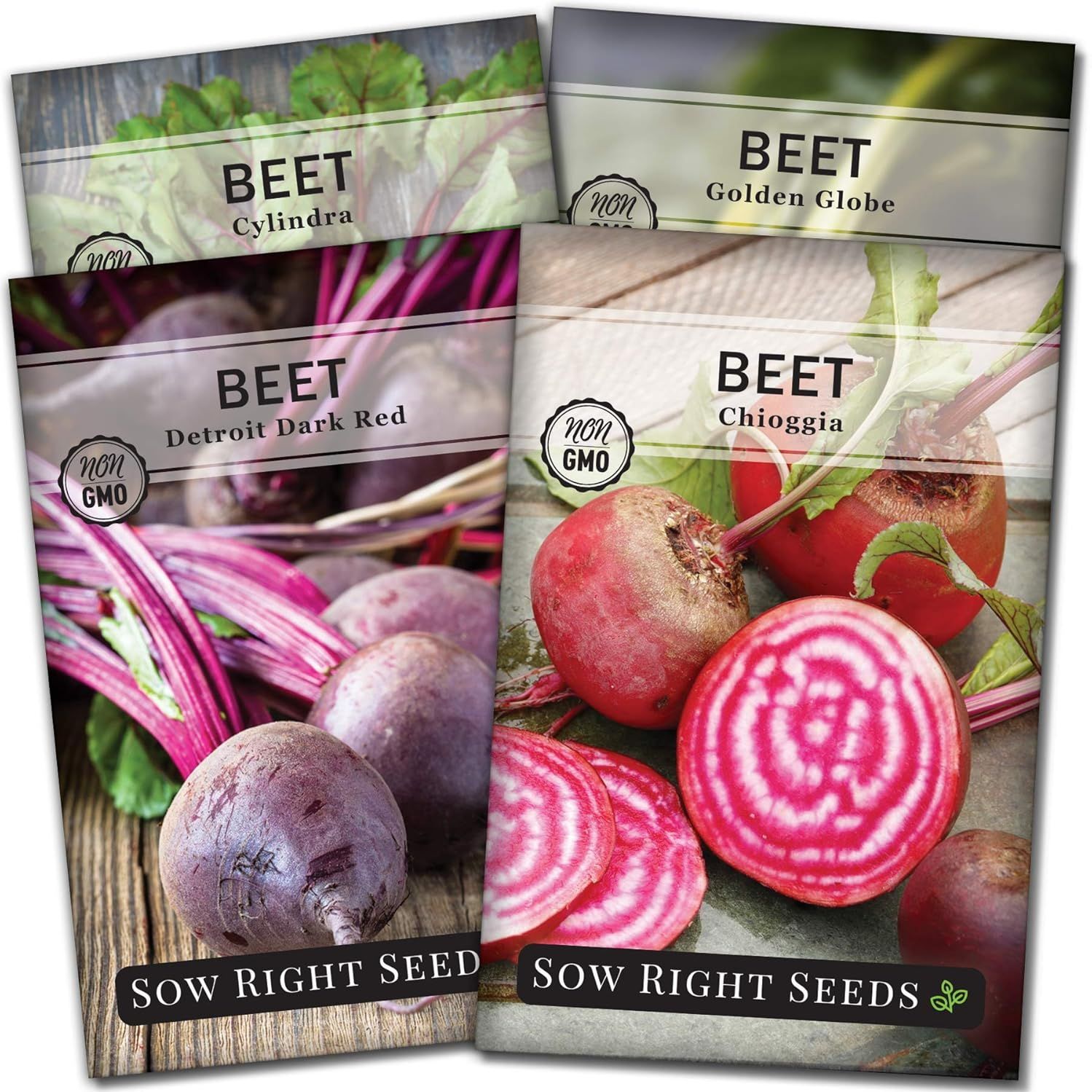
July
You can grow beets from spring into summer, and they make a great vegetable to plant in July for one last crop of earthy roots to harvest in fall. When it comes to planting beets, you do need to do so carefully. Each seed is actually a cluster of seeds in a coating (known as a multi-germ seed), so sowing too thickly will result in a mass of seedlings to thin.
Sow the seeds around two inches apart in drills an inch deep. Thin seedlings when they appear to three inches for baby beets, or six inches for fully-grown beets. While most people will picture the classic red beets, why not consider yellow or white beets, or more elongated varieties that are great for slicing?
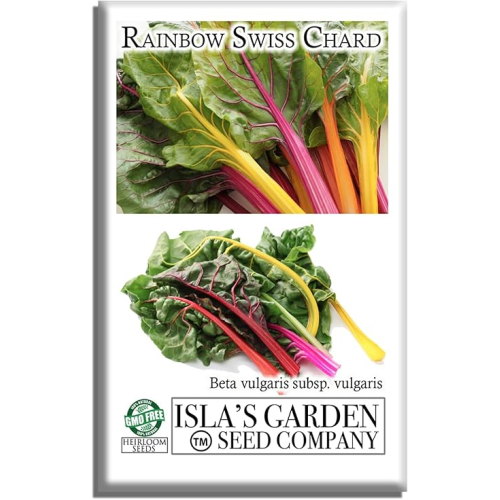
August
A real double-whammy vegetable to plant in August, Swiss chard is both decorative and easy to grow. There are stunning, colorful versions that light up any vegetable garden with stalks in shades of red, yellow, pink, orange, or white. If you start growing Swiss chard in summer, the plants will deliver harvests well into winter and early spring.
To plant Swiss chard this month, sow seeds outdoors directly into their growing position, in drills an inch deep and 12 inches apart. Thin the seedlings to at least six inches apart when they develop, and keep plants well-watered throughout the summer. You can start harvesting Swiss chard by cutting individual leaves as soon as they are big enough to use.

September
Topping the list of birth month vegetable seeds for September is radish, and there are different types of the crop you can sow this month. The chances are that one type is more widely known, and certainly more commonly grown, than the others. Firstly, you can grow summer radishes. These fast-growing vegetables can be sown for fall harvests to spice up salads.
The other options are cold-hardy winter radishes and unusual oriental varieties, such as daikon. Plant radishes in shallow drills, and thin seedlings to two inches for summer radishes and three inches for winter ones. Summer radishes can take less than a month till harvest time, while winter types are ready around 8-10 weeks after sowing.
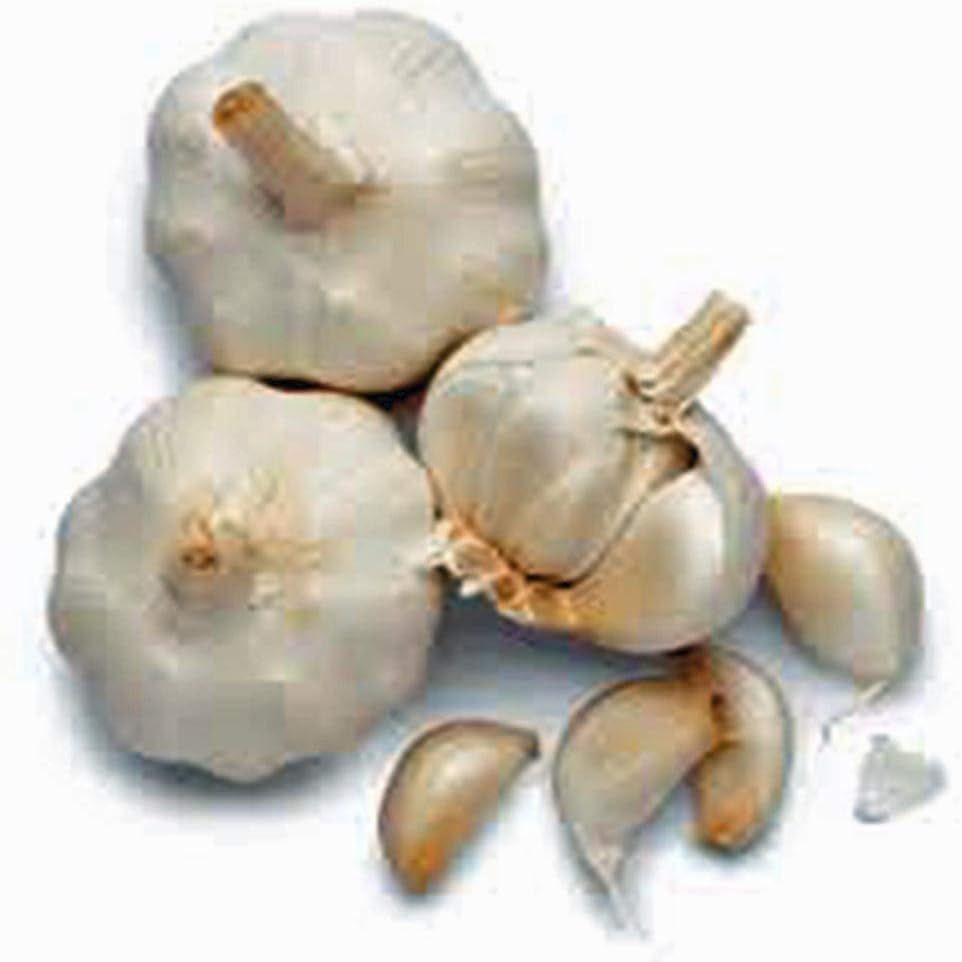
October
Garlic is an ideal vegetable for October, as it needs a long growing season and an extended period of cold. Planting garlic in October gives the crop time to get down roots in fall, provides the low temperatures it needs over winter to develop the bulbs, and a longer overall growing season to develop bigger garlic bulbs. Growing garlic is simple.
Separate the bulbs into cloves and push individual cloves into the soil at four inch spacings, so the tip of the clove is an inch under the soil surface. Check the cloves after planting, as birds notoriously pull them out of the soil. For the best garlic harvest, give plants lots of sun, water the crop regularly, and reduce competition for water and nutrients by removing weeds.
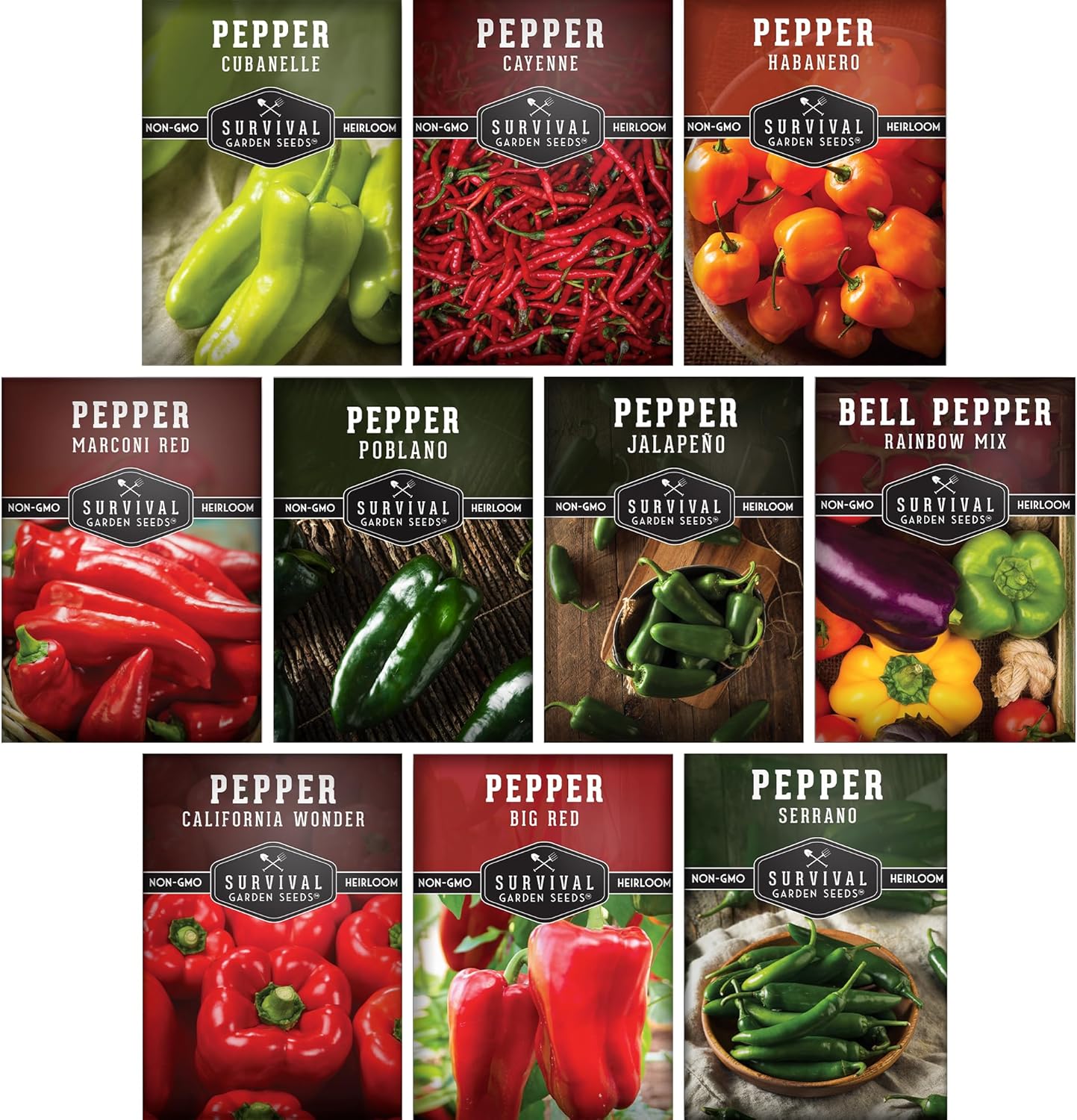
December
They will conjure up images of hot summer days, but many growers do start off their chili peppers in December. Growing chili peppers is a long journey, and it can take many months from sowing to enjoying the first harvests. Indeed, it can be three months from transplanting seedlings to the fruits being ready to pick. You can start any types of chili peppers in December, but a heated propagator and grow lights are essential tools to get good germination and prevent leggy seedlings.
It is extra investment, but if you are a chili fan or want to grow hotter peppers, which need to be left on the plant as long as possible to develop their heat, starting early does have its benefits. If you want to mark it on your calendar when to plant vegetables in December, chili peppers are potentially seeds to sow on Boxing Day, when you can also start growing tomatoes, bell peppers, and onions.
To help you plan your plot and keep it productive year-round, our in-depth guide to when to plant vegetables offers a month-by-month plan to what crops to sow throughout the year.

This organic potting mix is specially formulated for growing seedlings and cuttings.
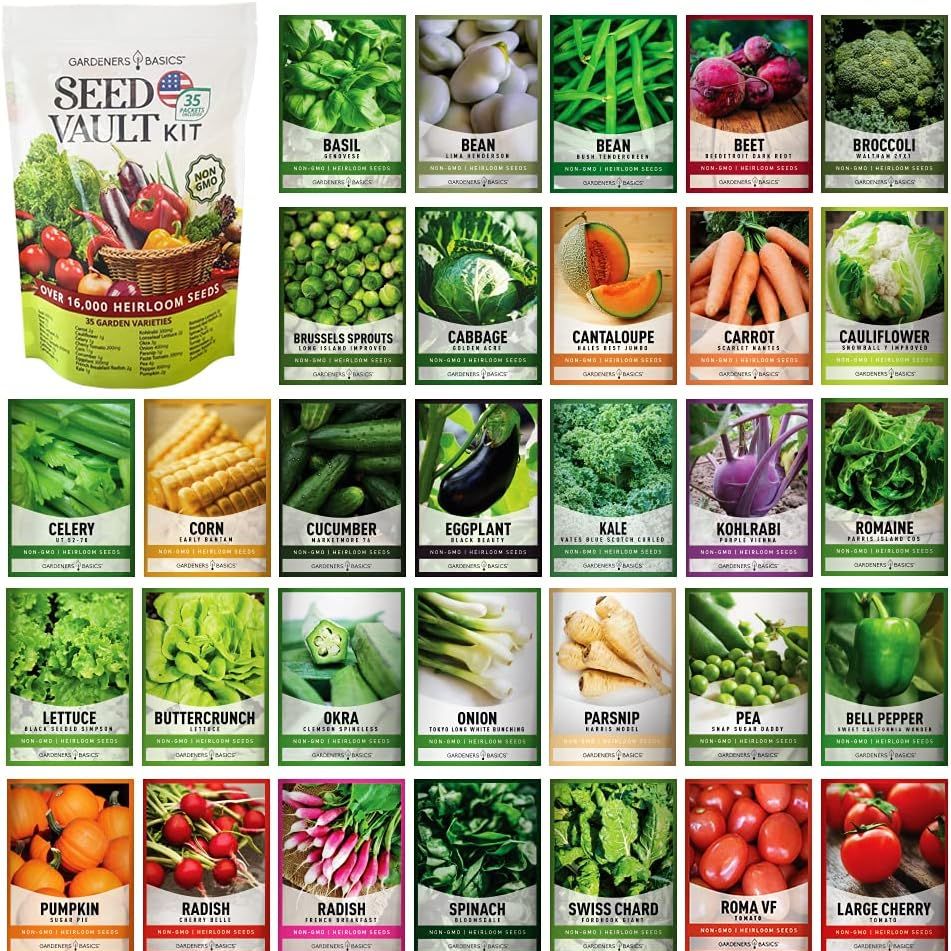
This selection features packets for 35 different vegetables and over 16,000 seeds.

A heated propagator with a built-in heating element and a vented humidity dome.

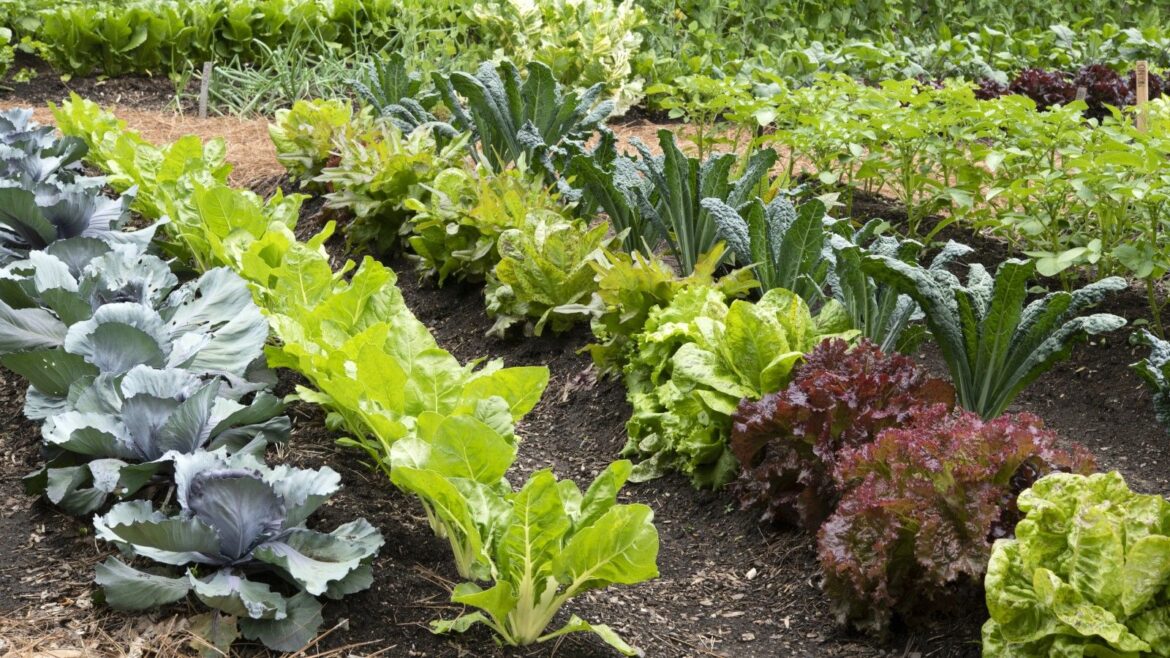
Comments are closed.